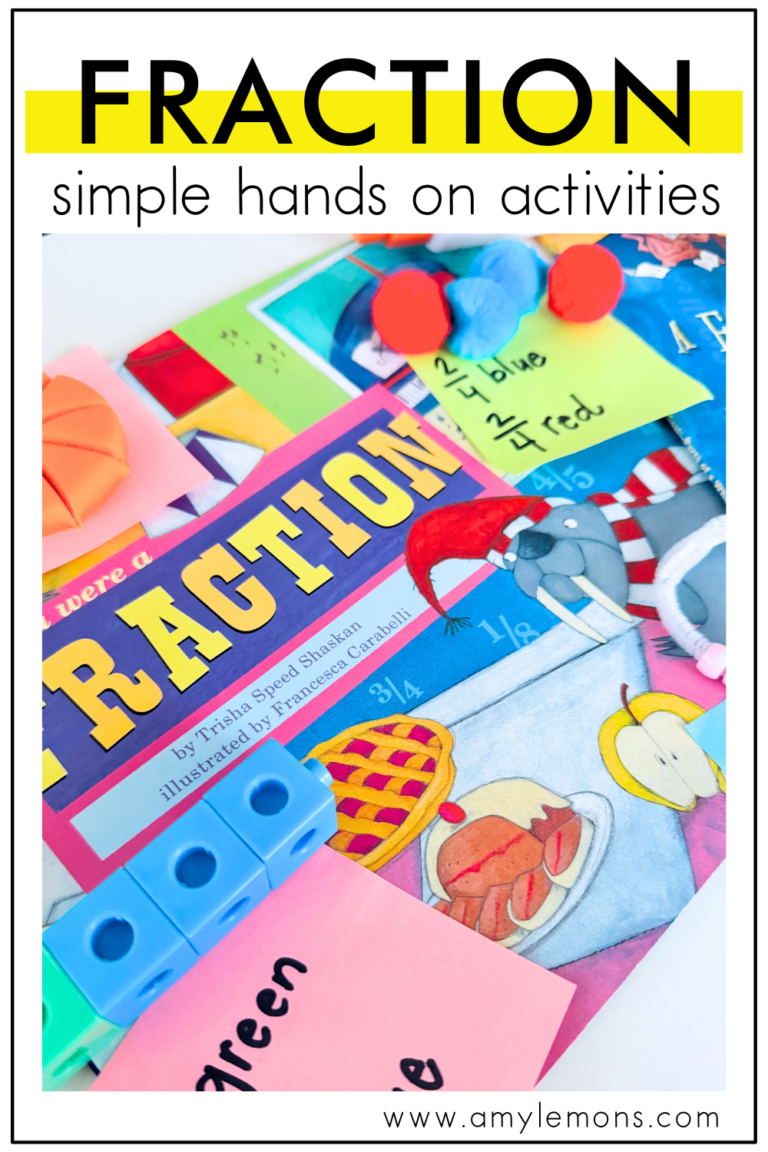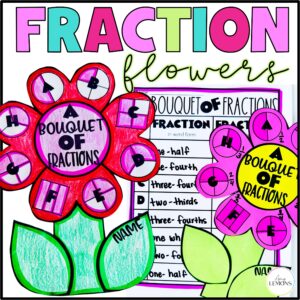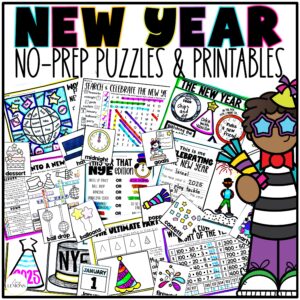

As educators, we have specific standards that must be taught. Some of those standards and skills have endless activities and lessons that can be used. However, a few standards are either difficult to teach or nearly impossible to find meaningful activities for.
As a second-grade teacher, poetry was one of those skills for me. Finding powerful poetry activities to use with students felt like searching for a needle in a haystack. I could never find quite what I needed to effectively use poetry in the classroom.
I understand the struggle of needing and wanting to incorporate poetry into the classroom but feeling underwhelmed by what’s out there. Even more than that, it may just be that there are so many standards to cover that it can be difficult to dedicate time to poetry instruction.
However, despite these challenges, I do believe that poetry holds immense value in the classroom. It fosters creativity and develops critical thinking skills. I want to help give you the tools that you need to discover and implement engaging poetry activities in the classroom. Let’s look at three ways to teach poetry.
Poetry is filled with poetic devices that add depth and richness to writing. From similes and metaphors to alliteration and repetition, teaching these devices can be both fun and meaningful. Once students understand the different poetic devices, they can better understand the meaning of poems.
I like to start with commonly seen poetic devices like similes, repetition, alliteration, and personification. One important thing to remember is that we don’t just want to teach students examples of poetic devices. We want students to understand how those poetic devices impact the poem.
Authors include them for a specific purpose. It’s best to focus on 1-2 poetic devices at a time. That allows us to see how different authors use poetic devices in different ways and for different purposes.
If we want to deepen our students’ understanding of language and emotion in poems, then we must read and analyze poetry. As a class, read poems aloud. Emphasize the rhythm and tone. Have discussions about the meaning of the poems while encouraging students to share their thoughts.
Early on in my teaching career, I knew that simply giving students a poem with multiple-choice questions wasn’t always going to cut it. I needed to vary how the material was presented to my students.
Poetry flap books offered a new format for students to answer questions about poetry. To make it even more meaningful, I would often pair the questions with a directed drawing to make the poem come to life!
After reading so many poems and working with poetic devices, students become inspired to write their poetry. When beginning to write poetry, I like to provide prompts or poetry frames that include students exploring the use of poetic devices. This gives students the opportunity to become poets while also providing support.
Once students have seen examples of poetic devices, they can start to play around with them and incorporate them into their writing.
Here you can see how students learned about similes, saw an example in the poems, and then made matches to complete a simile. This gave students more exposure to the use of similes.
After that, students can create an I Am poem.
Students use similes to complete their poems. I Am Poems are a perfect way to get students excited about writing poetry. They are not intimidating because the topic of the poem is the students themselves!
For even more poetry-writing fun, check out these poetry writing activities and crafts!

Hey, y’all! My name is Amy Lemons and I am passionate about providing students with both engaging and effective standards-based Math and ELA lessons.

Sample a day of Rooted in Reading with these lesson plans and activities for Reading Comprehension, Vocabulary, and Grammar!


